Losing your sight or becoming visually impaired can bring a wave of emotion. One might lose the will to live or give up on life but know that you are supported. (more…)
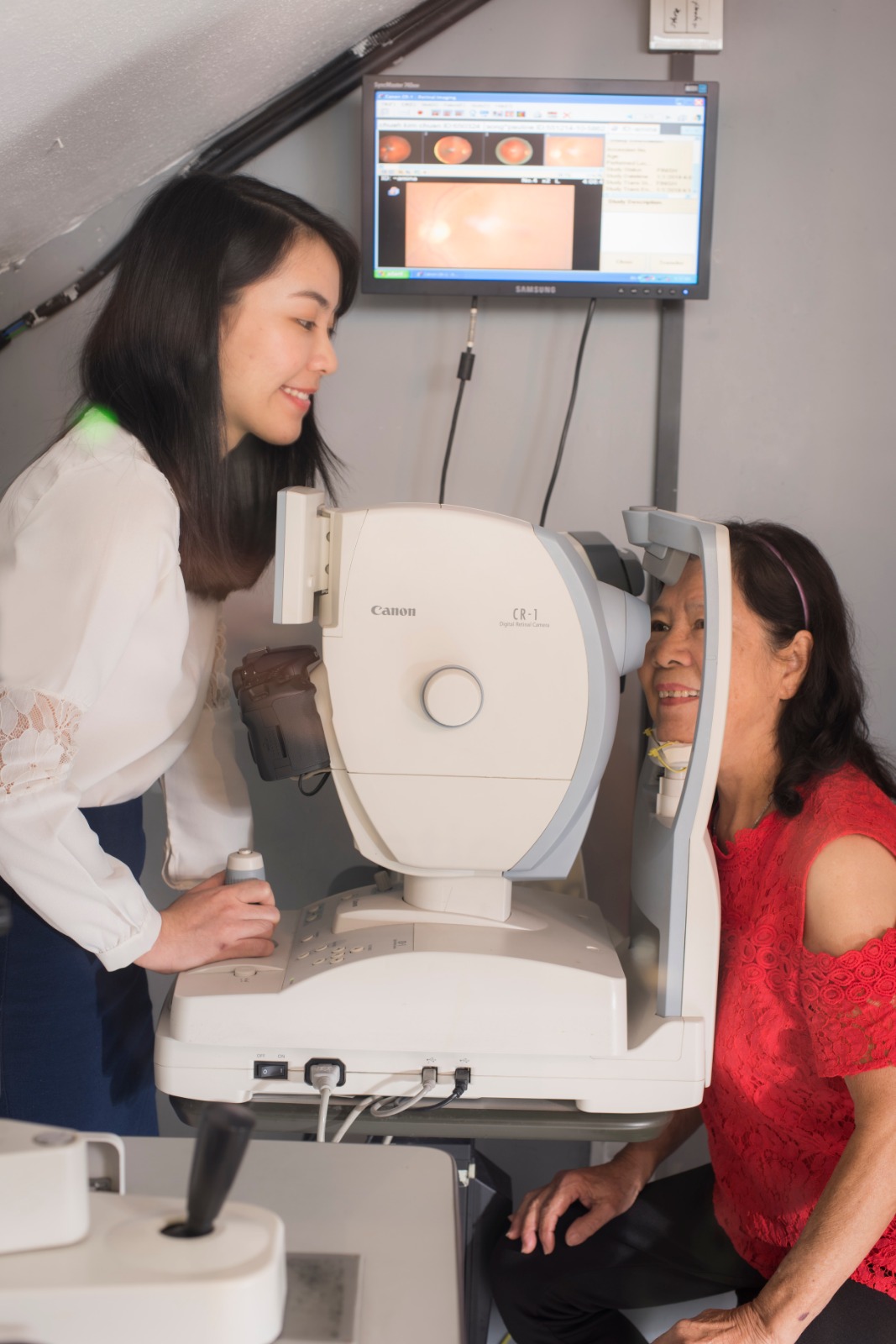

Losing your sight or becoming visually impaired can bring a wave of emotion. One might lose the will to live or give up on life but know that you are supported. (more…)
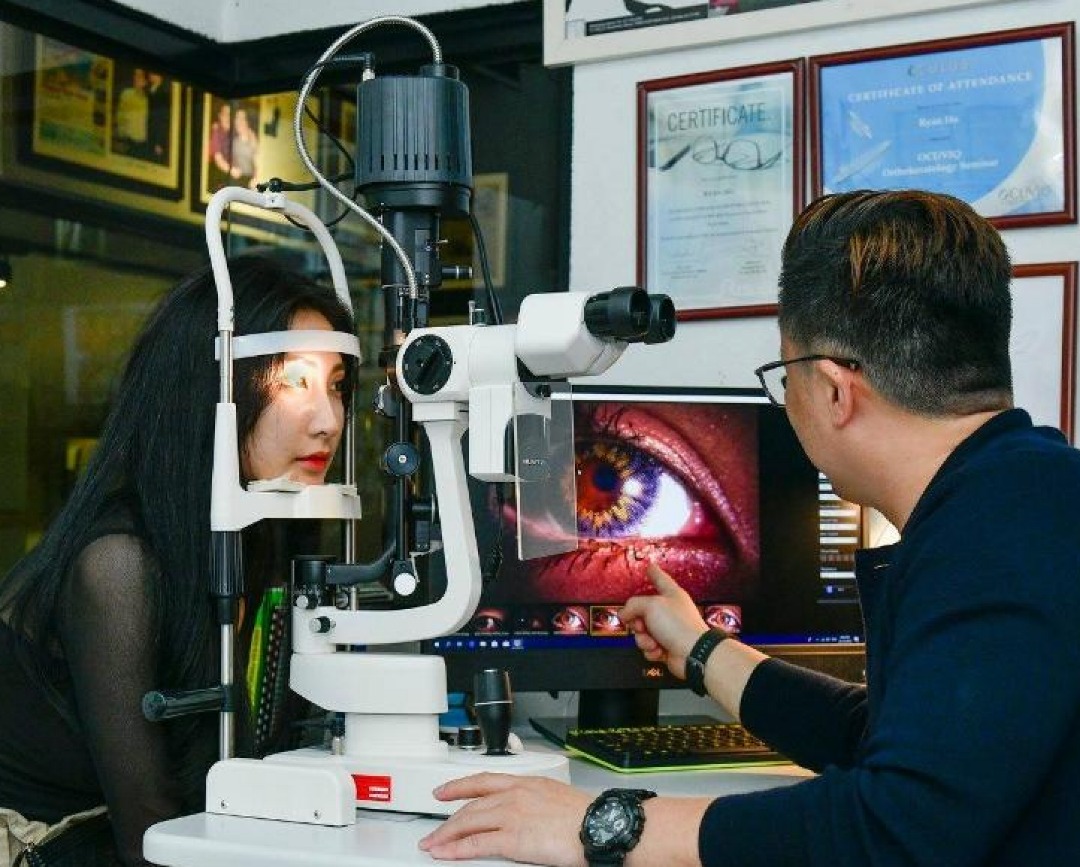
When you have eye problems, who do you SEE to get it checked out? Many would say a doctor or an optometrist but do you know that there are more than one profession qualified to help you? (more…)
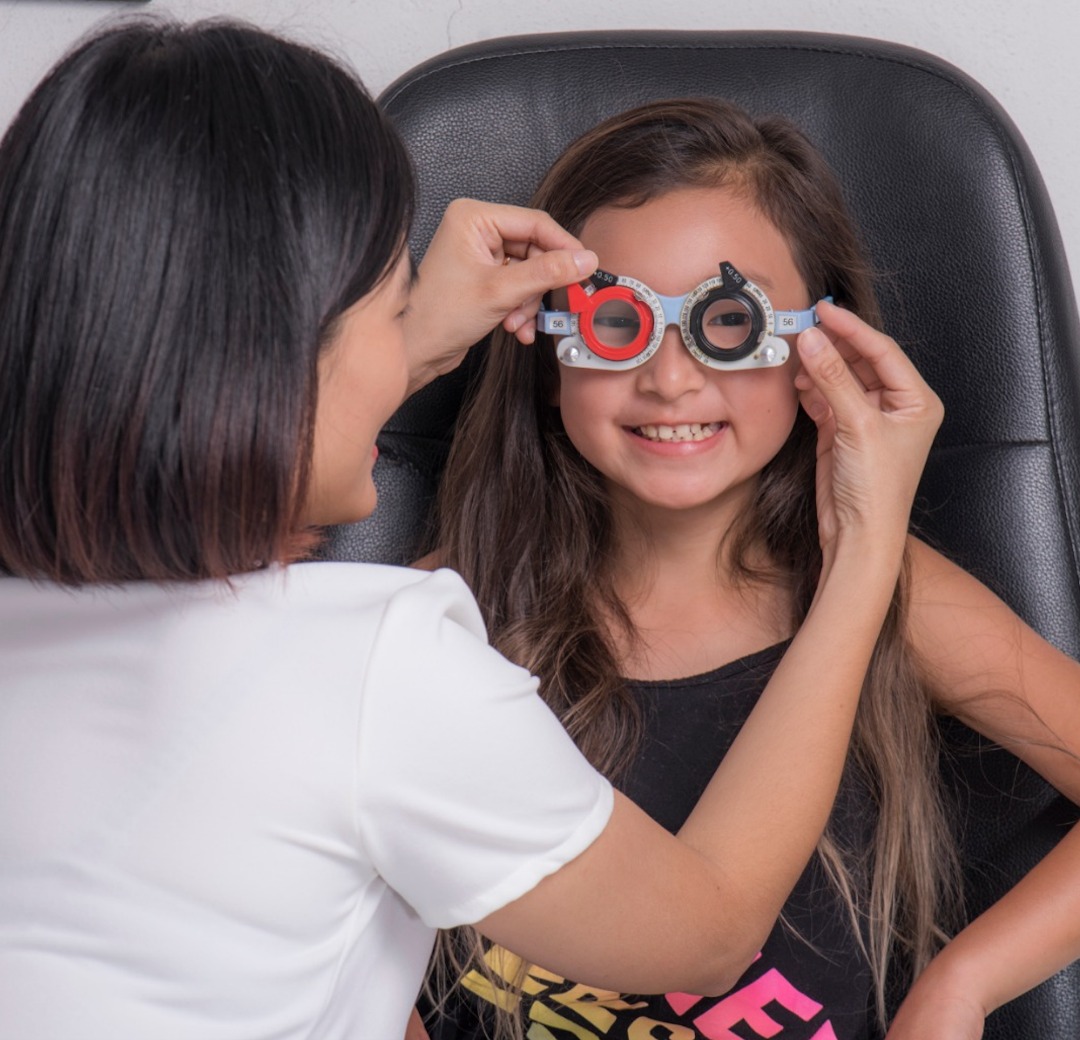
The percentage of the human population who has myopia also referred to as "Rabun Jauh" or Shortsightedness is increasing day by day. It is expected that the percentage will continue to increase. In the future, it is expected that half of the human population will have myopia. (more…)

[vc_row][vc_column][ts-custom-heading text="Q: Is everyone a candidate for ortho-k?" font_container="tag:h4|text_align:left"][vc_column_text]A: No! While orthokeratology can help most individuals (more…)
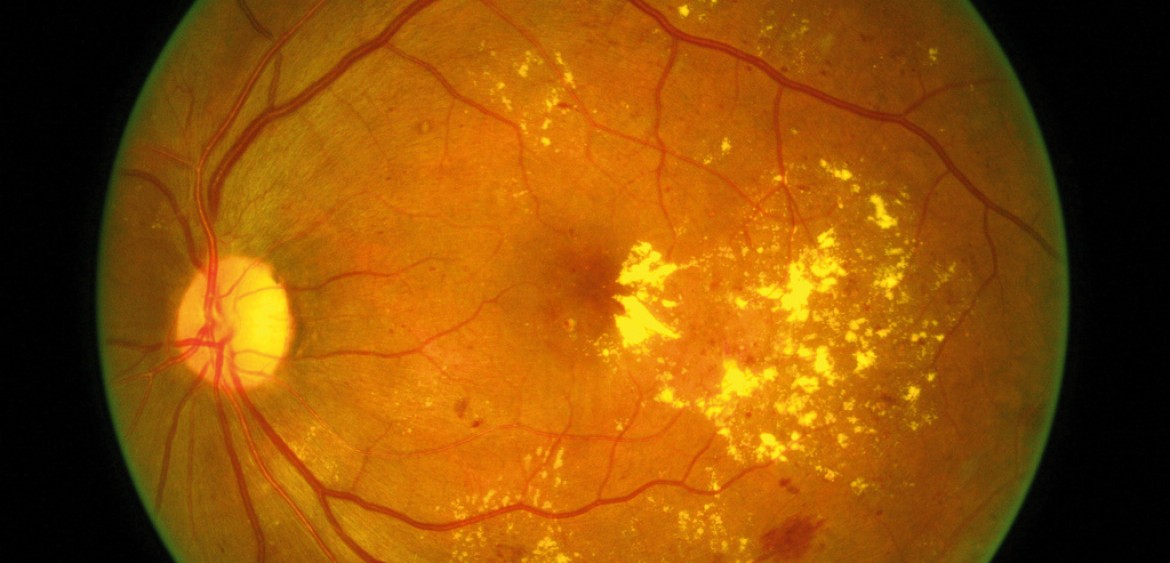
Macular degeneration also been known as the age-related macular degeneration (AMD or ARMD) is an eye pathological condition that affect the macular area causing the cone photoreceptor cells within the macular area to be died off. (more…)
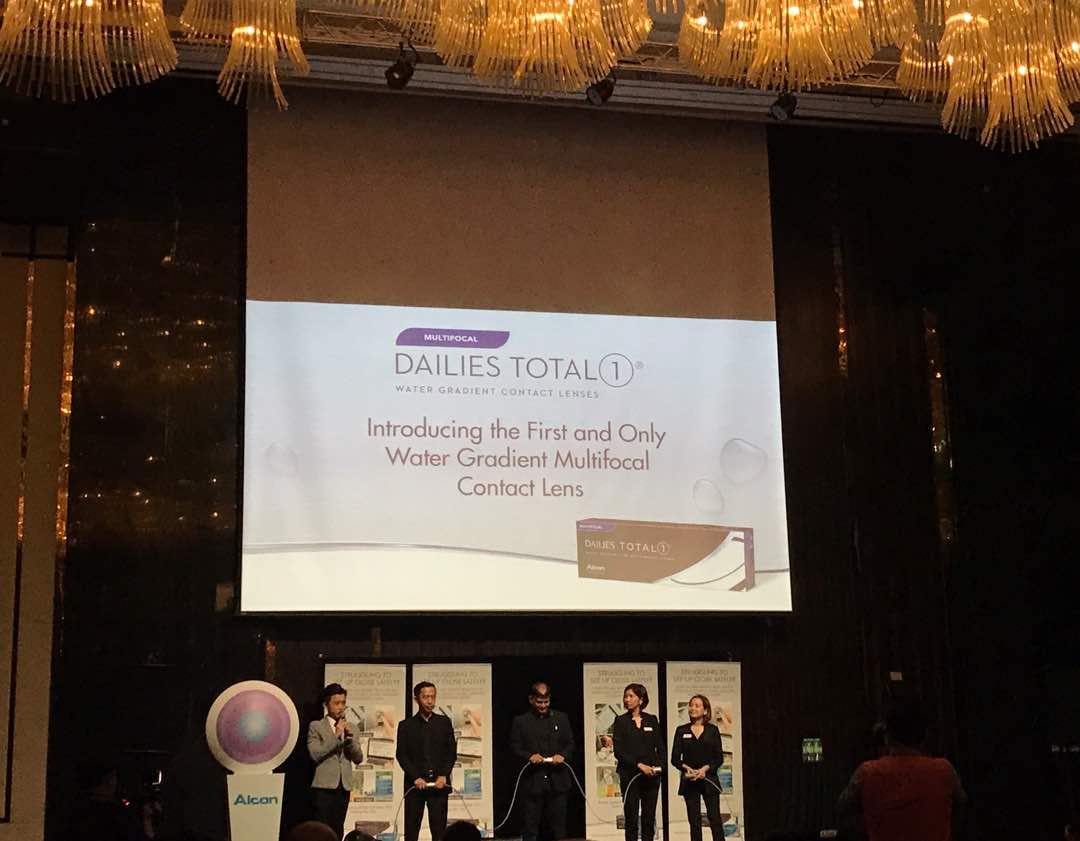
Malaya Optical optometrists have attended the newly launch Dailies Total1 (more…)

Single vision lenses are prescribed if you need correction for one field of vision, either for distance, intermediate (computer), or (more…)
Malaya Optical together with the participation of optometrists from (more…)

Eso deviation often present as a constant esotropia occurring in infancy or early childhood. Fusional divergence is used to correct for an eso deviation, however our innate divergence amplitude are typically weak. Measuring only 6 – 8 prism diopter. It is likely that our weak divergence amplitude contribute to the poor control of eso deviation. (more…)
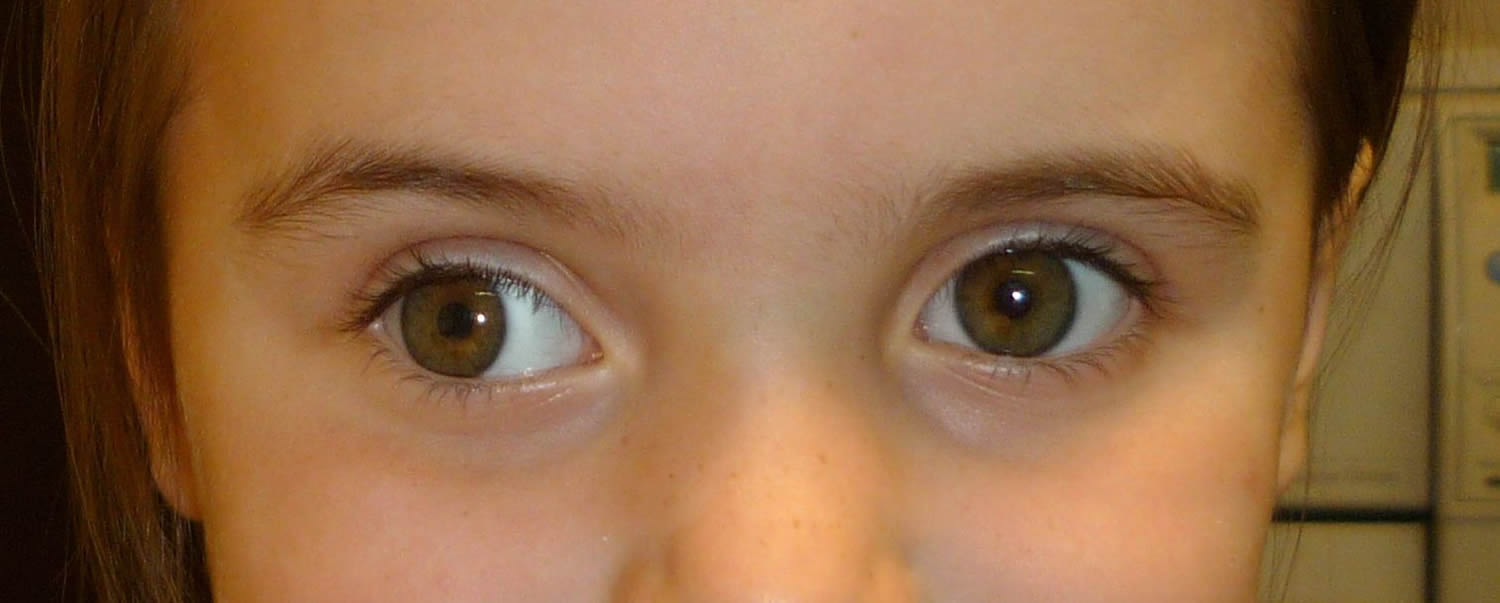
Exo-deviation is an outward deviation which can be divided into exophoria and exotropia. Exodeviation are quite common, and they are not necessarily. A small intermittent exotropia is normal in most newborns, as 70 % of normal newborns have a transient exodeviation that resolves by 2 to 4 months of age. Another type of exo deviation that is considered normal is a small exophoria (<10pd). (more…)